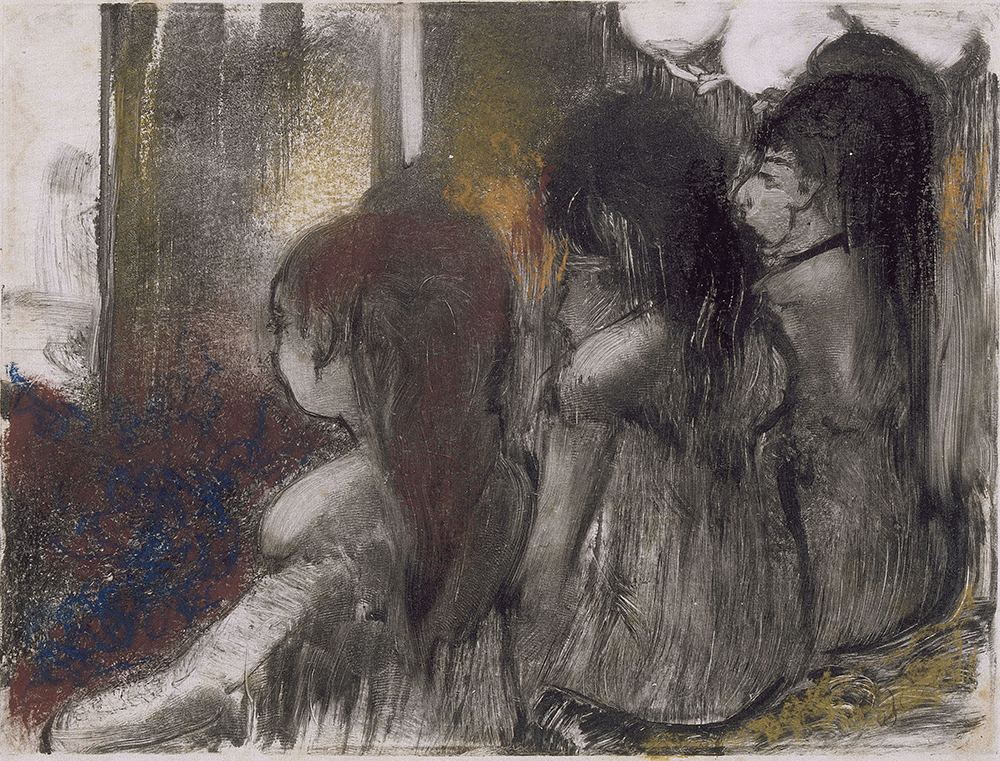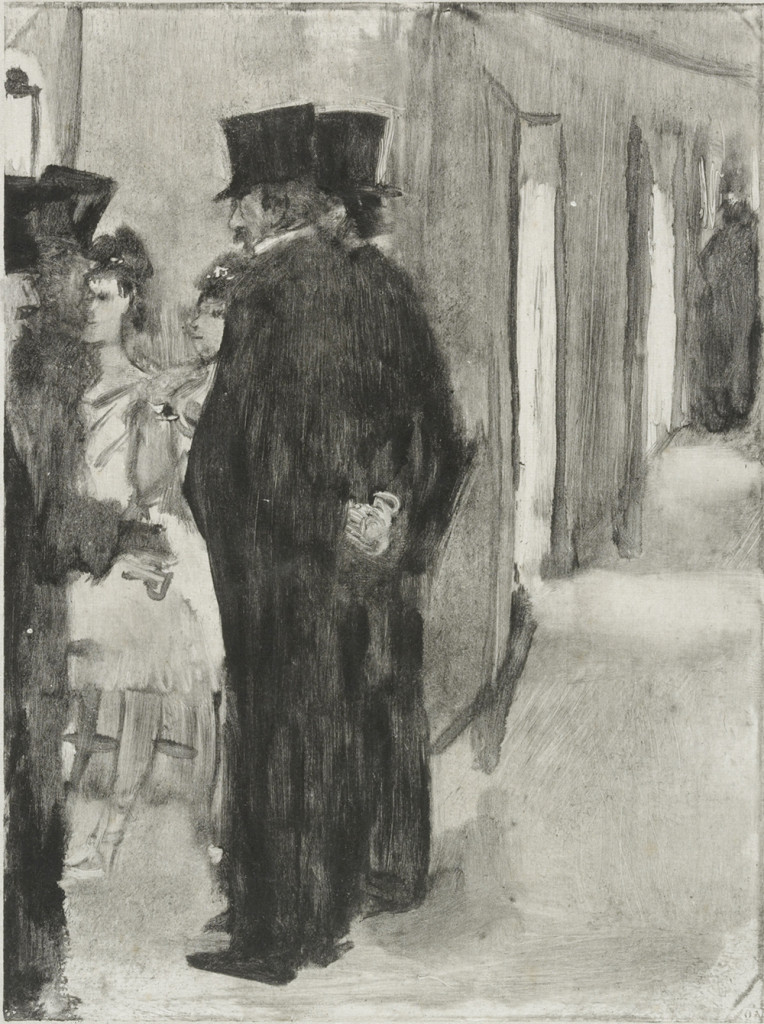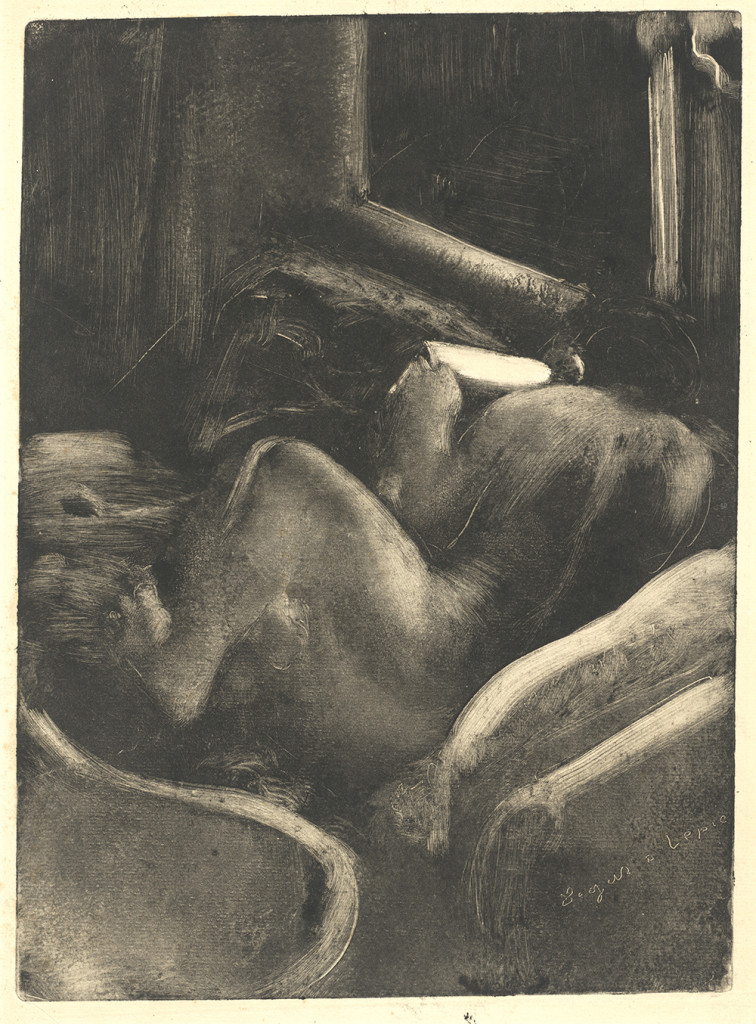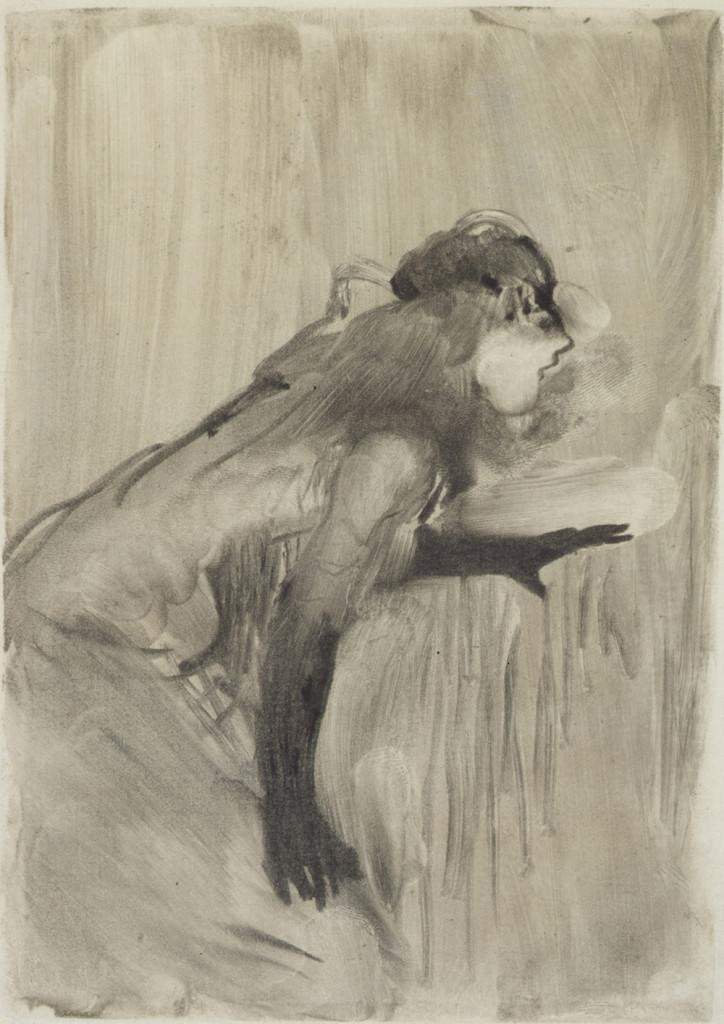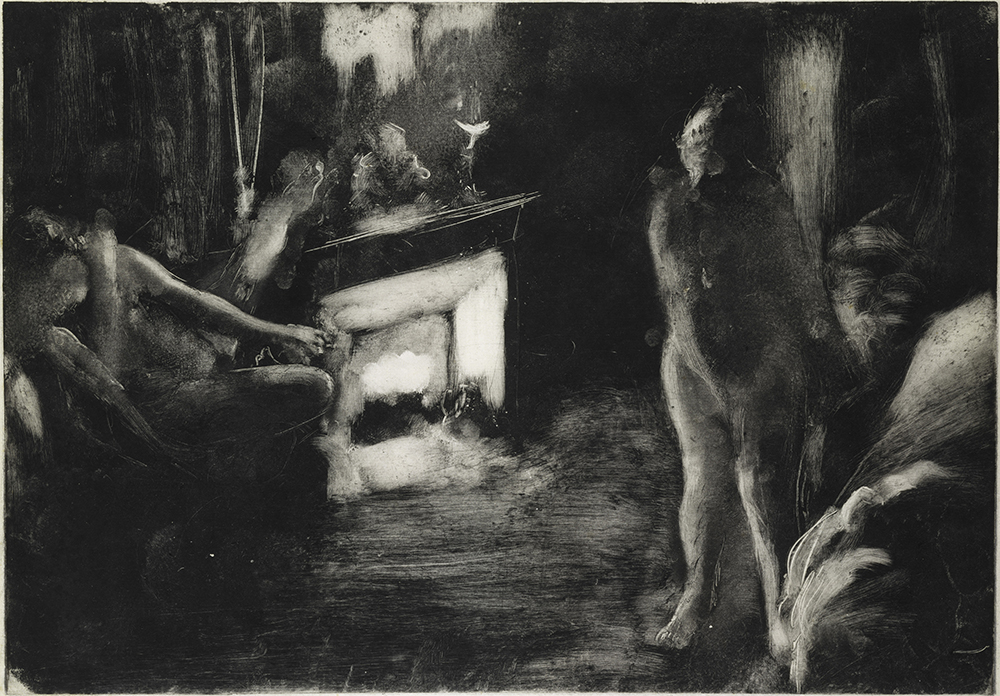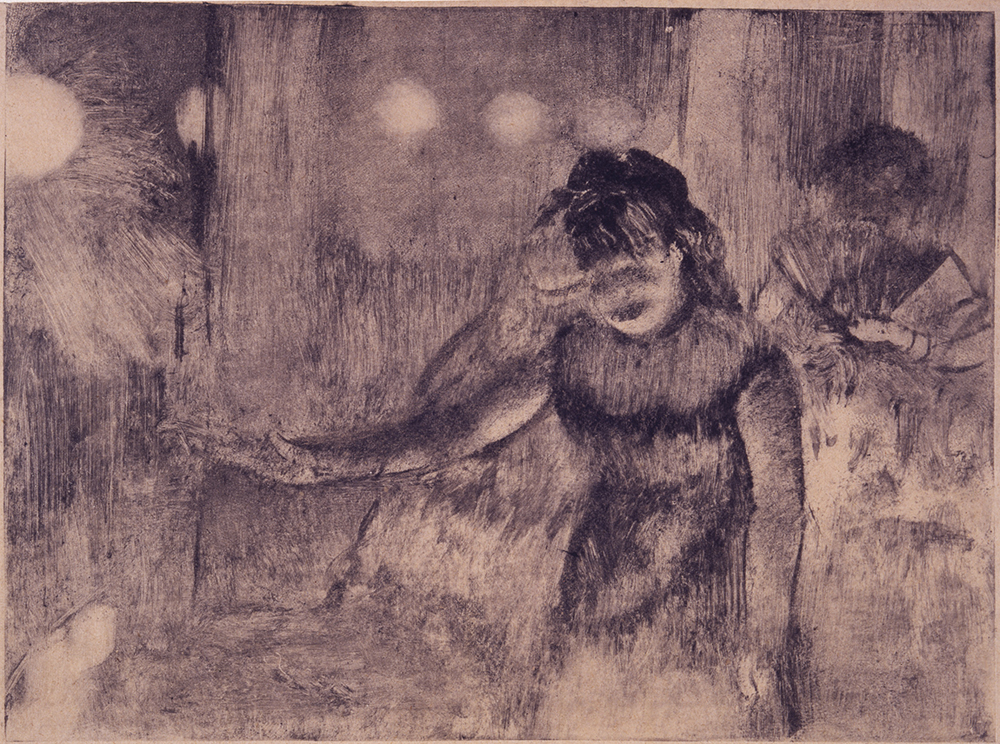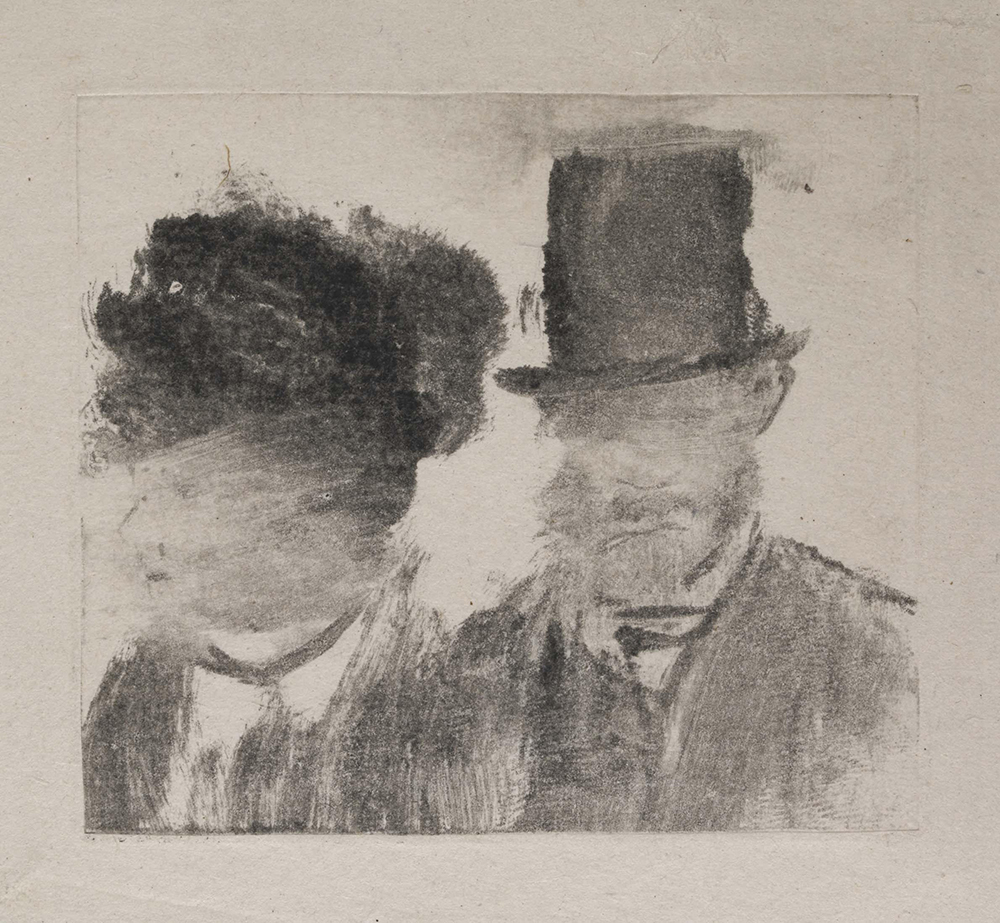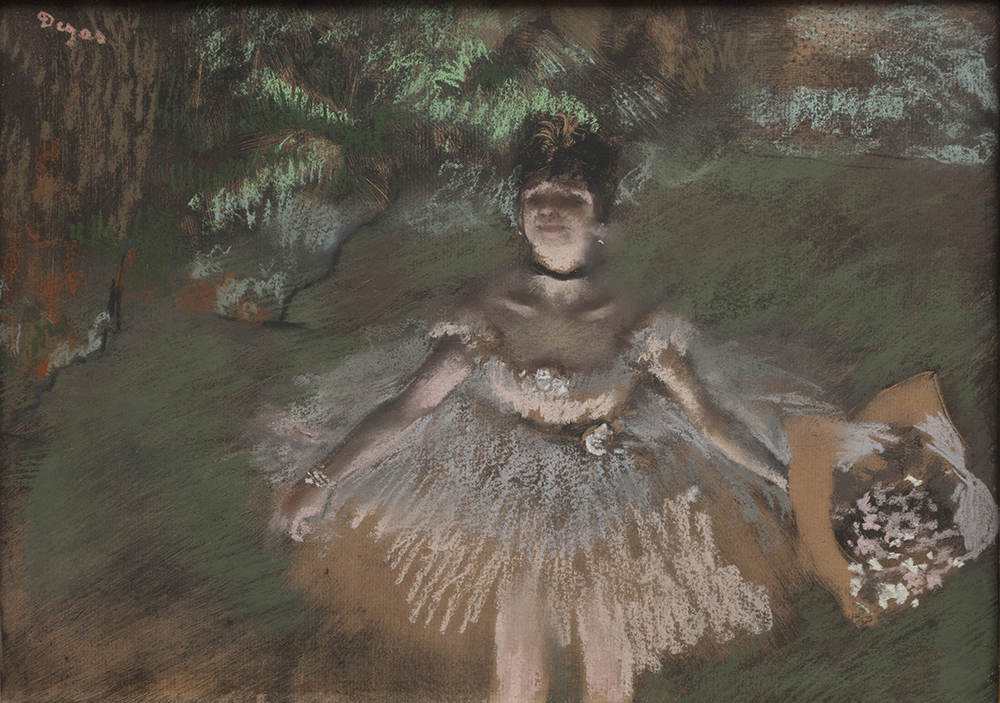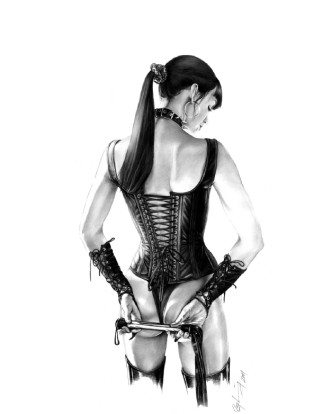Edgar Degas at MoMA
An exhibit of the master’s monotypes


Known as one of the founders of Impressionism—and a key figure in 19th-century art—Degas and his graceful female figures, mostly ballet dancers, in pale, diaphanous fabrics and outstretched poses, have been imprinted in the visual memories of people around the world. As iconic as his images were, Degas was anything but predictable, and was in fact a great experimenter in form—with color and light and different media, such as prints and sculpture.
One of his most important experiments was in the mid-1870s with the monotype, a kind of print created by drawing in ink on a metal plate that is then run through a press, usually resulting in a single print (or monoprint). In honor of the master’s innovative and influential work in this process, the Museum of Modern Art in New York put together a major exhibition in the spring of Degas monotypes—120 in all, with 60 related works in other media—which was called “Edgar Degas: A Strange New Beauty,” the first of its kind in the U.S. in nearly 50 years, and the first ever at MoMA.
The monotype inspired Degas to develop new techniques of marking the plate (wiping, scraping, scratching, fingerprinting). “The resulting works are characterized by enigmatic and mutable forms, luminous passages emerging from deep blackness, and a heightened sense of tactility,” say the museum’s curators. Their beauty is indeed strange, with that eerie sense of light and contrast that is so emblematically Degas’s. Here, PROVOKR presents a sampling of some of the treasures from the exhibit.
